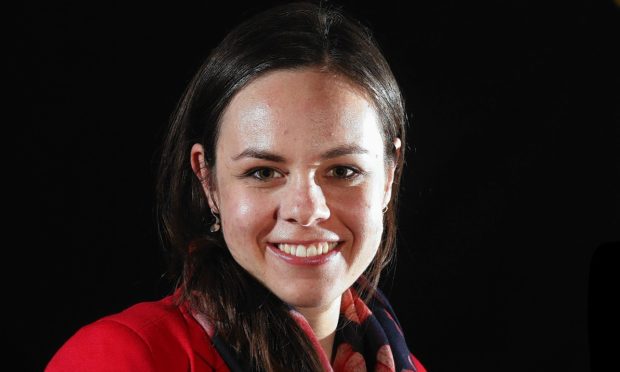All children at school in Scotland would benefit from speaking and recognising a few basic Gaelic words, according to a local MSP.
Kate Forbes told a packed audience in the town’s Nevis Centre: “Today, in Lochaber and the surrounding areas, we are seeing a Gaelic revival in many different forms – with the Feisean, the Gaelic initiatives, Gaelic schools, Gaelic music, and indeed, the Mods.
“Despite numerous setbacks and fears of decline, we are still here: speaking, singing and working in Gaelic.
“Research by Highlands and Islands Enterprise shows that Gaelic contributes £148.5million to Scotland’s economy every year which is wonderful.”
The local MSP, who also chairs Holyrood’s cross-party group on Gaelic, said she and many others had the “great opportunity” of a Gaelic education and are indebted to everyone who made this happen.
Ms Forbes continued: “In the past, it was normal for children to go all the way through school without a word of Gaelic, or worse still, the inability to even say the word ‘Gaelic’.
“To avoid a return to this situation, every school should think about how the curriculum treats Gaelic – even just in terms of awareness.
“I have visited Bun sgoil Loch Abar, the Gaelic primary school in Caol, which opened in 2015, and I saw the progress that has been made since I was a pupil.
“We didn’t have Gaelic textbooks, so we would take our books home and our parents would stick Gaelic words on top of the English words.”
Ms Forbes added: “This year there are more than 1,000 infants in Gaelic nurseries, over 3,000 children in Gaelic medium education and six Gaelic schools in Scotland.
“I strongly believe this is great progress, because Gaelic education gave me skills and experiences for which I am very grateful and I will keep on waving the flag for Gaelic.”
